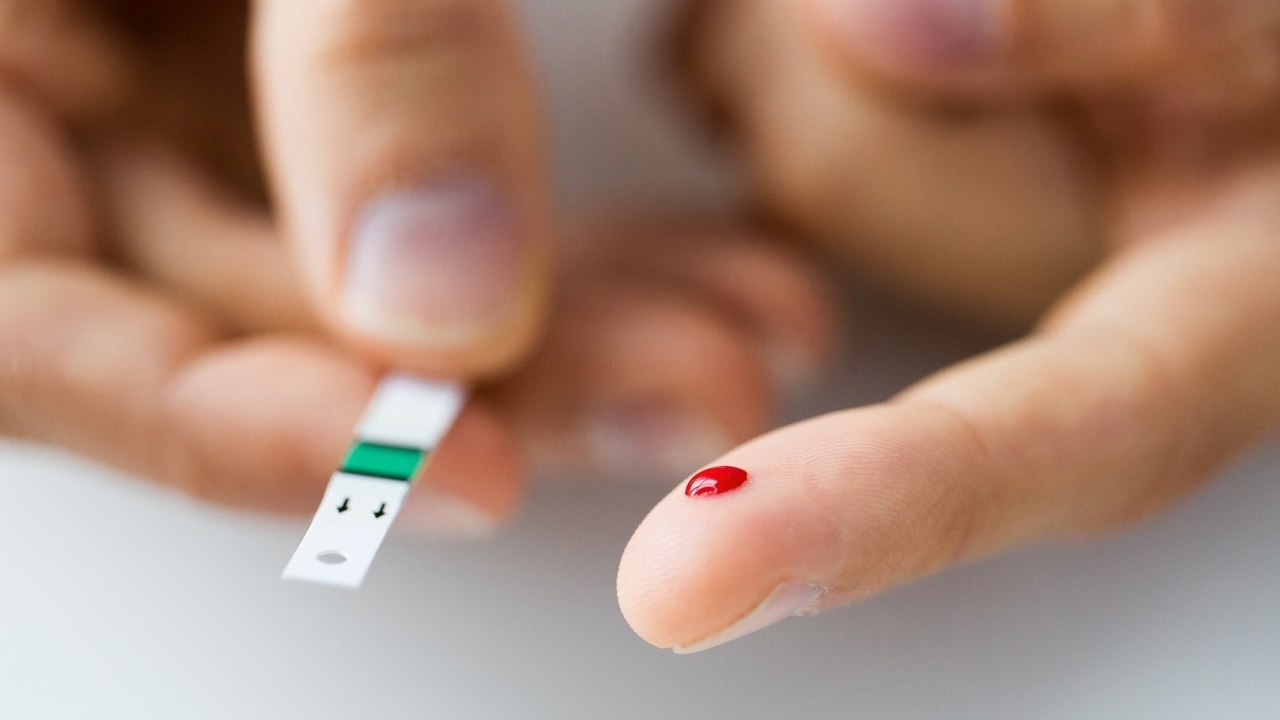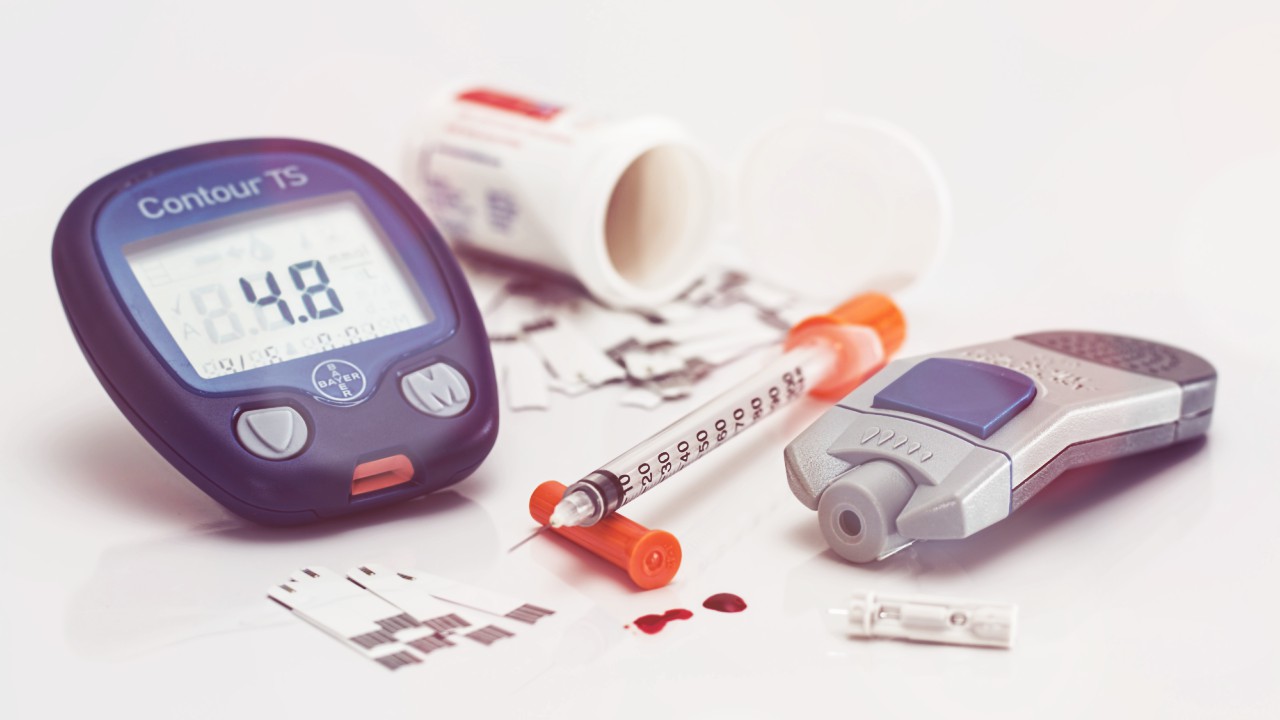The big to-do on the news and in Congress is health insurance reform. The U.S. has some government-run insurance options, but most options are privatized.
Many working persons are a part of group plans offered through their job. The job pays a large percentage of the premium, leaving the employee with the rest. With the shake-up of the economy and subsequent job loss, people find themselves in a quandary. Some have decided to forgo insurance in order to buy food and shelter.
What though, if an individual cannot fore go insurance due to a current illness such as diabetes? What then? Below is a list of a few concerns many have had. It is by no means exhaustive, but it is meant to inform at least some who are in need of answers.
According to the American Diabetes Association (ADA), for those 65 years of age and older, the disabled, individuals with end-stage renal disease who have Medicare manage care policies, they are illegible for a number of options:
Blood glucose testing supplies
Blood glucose monitor
Blood glucose test strips
Lancets
Spring-loaded lancet devices
Glucose control solution for calibrating meters
Under Medicare, there are additional services available with some limitations and others services available with strict guidelines. Medicaid, on the other hand, is a federal-state program that allows low-income individuals and children to be covered. It is used as insurance for ones on SSI as well. Persons on Medicaid have very little income and usually a whole lot of medical bills. This is governmental assistance. Individuals may apply through Medicaid directly.
Many times, doctors would be willing to work out a payment plan for individuals who cannot pay for their doctor’s visits when uninsured. Communication is the key. This is especially true when you need continual diabetic care. If this is not possible, then look for free or low-cost health clinics. You might check your library for a listing of such clinics and resources in your area. Another option is to see a doctor affiliated with a hospital. Then, ask to speak to a financial advisor with the hospital and explain your situation. In hospital-speak, many refer to this as free care or compassionate care.
Finally, if you are recently jobless and subsequently lost your health insurance coverage, there may be several options available to you. If your job had 20 or more workers, try COBRA. This option continues to cover you under your former group health plan with your previous job for a limited time and at total cost to you for the premium. If previously employed at a job where there were 20 or less workers, you may qualify for continual coverage under a state program. Please check with your particular state’s Department of Insurance for further information.
Our insurance dilemma is far from perfect, but right now, it’s the only one we have. Thankfully, we have at our fingertips websites like EmpowHER.com that alert the reader and American Diabetes Association (www.diabetes.org) where in- depth information can be found and advocates are available by email or phone.
Resources: Mayo Clinic, American Diabetes Association
Dita Faulkner is a freelance writer and poet living in the southern U.S.





Add a CommentComments
There are no comments yet. Be the first one and get the conversation started!